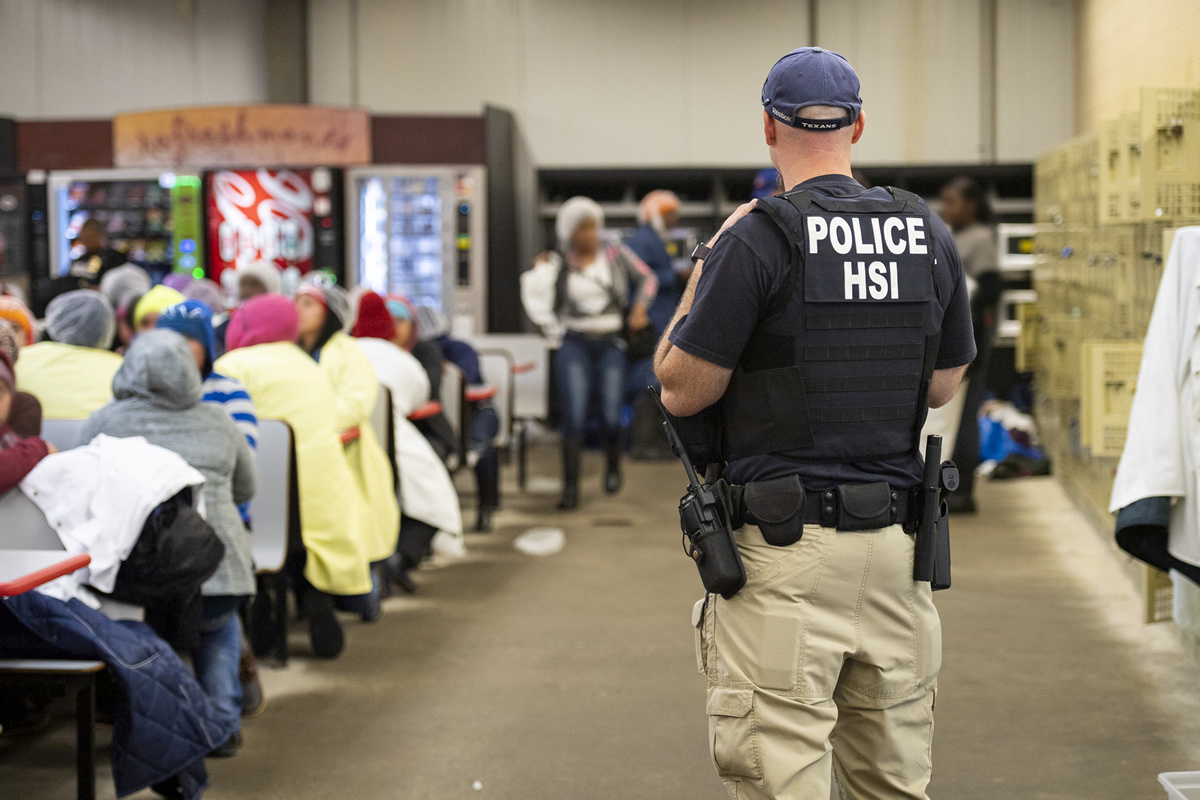
By Mica Rosenberg
(Reuters) – A U.S. federal appeals court in San Francisco on Friday blocked a Trump administration policy that has forced tens of thousands of migrants to wait in Mexico for months for hearings in U.S. immigration courts.
A 9th U.S. Circuit Court of Appeals panel found the plaintiffs were likely to succeed in their argument that the program violated U.S. immigration law and international treaty obligations on the treatment of asylum seekers.
The program, which began a year ago and is called the Migrant Protection Protocols (MPP), is one of the most dramatic immigration policy changes enacted by the Trump administration.
U.S. President Donald Trump, who has made cracking down on immigration a central theme of his more than three years in the White House, has sought through a series of new policies and rule changes to reduce asylum claims filed mostly by Central Americans arriving at the U.S.-Mexico border.
The U.S. Department of Justice did not immediately respond to a request for comment but the administration is likely to quickly appeal the decision to the U.S. Supreme Court as it has done with other rulings.
Some 59,000 people have been sent back to Mexico under the program, which started in San Diego before being expanded to other ports of entry all across the U.S-Mexico border. [L2N25W1G1] It was not immediately clear what would happen to people already in the program.
Migrants, many of them children, have faced violence and homelessness as they wait for their court dates in dangerous border cities. At least 1,000 people returned under the program were violently attacked or threatened in Mexico, according to a Feb 28 Human Rights Watch report that documented kidnappings, rapes and assaults.
The Trump administration argued the program did not violate a principle in international law known as non-refoulement, which says asylum seekers should not be returned to places where they face danger. The administration has said migrants could tell officials at any point in the process they had a fear of returning to Mexico.
But the panel concluded that plaintiffs in the case, which included 11 individual asylum seekers and several immigration advocacy groups, “had shown a likelihood of success on their claim that the MPP does not comply with the United States’ treaty-based non-refoulement obligations.”
The Trump administration has said most asylum petitions are ultimately denied by immigration courts and releasing migrants into the United States to wait for hearings encourages people to disappear into the country. Officials say forcing migrants to wait in Mexico is a way to cut down on fraudulent asylum claims.
In a separate ruling on Friday, the 9th Circuit left in place a lower court’s block on a Trump administration regulation that barred migrants who cross the U.S.-Mexico border between ports of entry from seeking asylum.
A three-judge panel in that case found the regulation – issued in November 2018 and swiftly enjoined by a federal judge in the Northern District of California – conflicted with federal immigration statutes that govern asylum and amounted to “a categorical ban” on certain asylum seekers.
(Reporting by Mica Rosenberg in New York; Additional reporting by Jonathan Stempel in New York, Ted Hesson in Washington and Kristina Cooke in Los Angeles; Editing by Chizu Nomiyama and Howard Goller)












